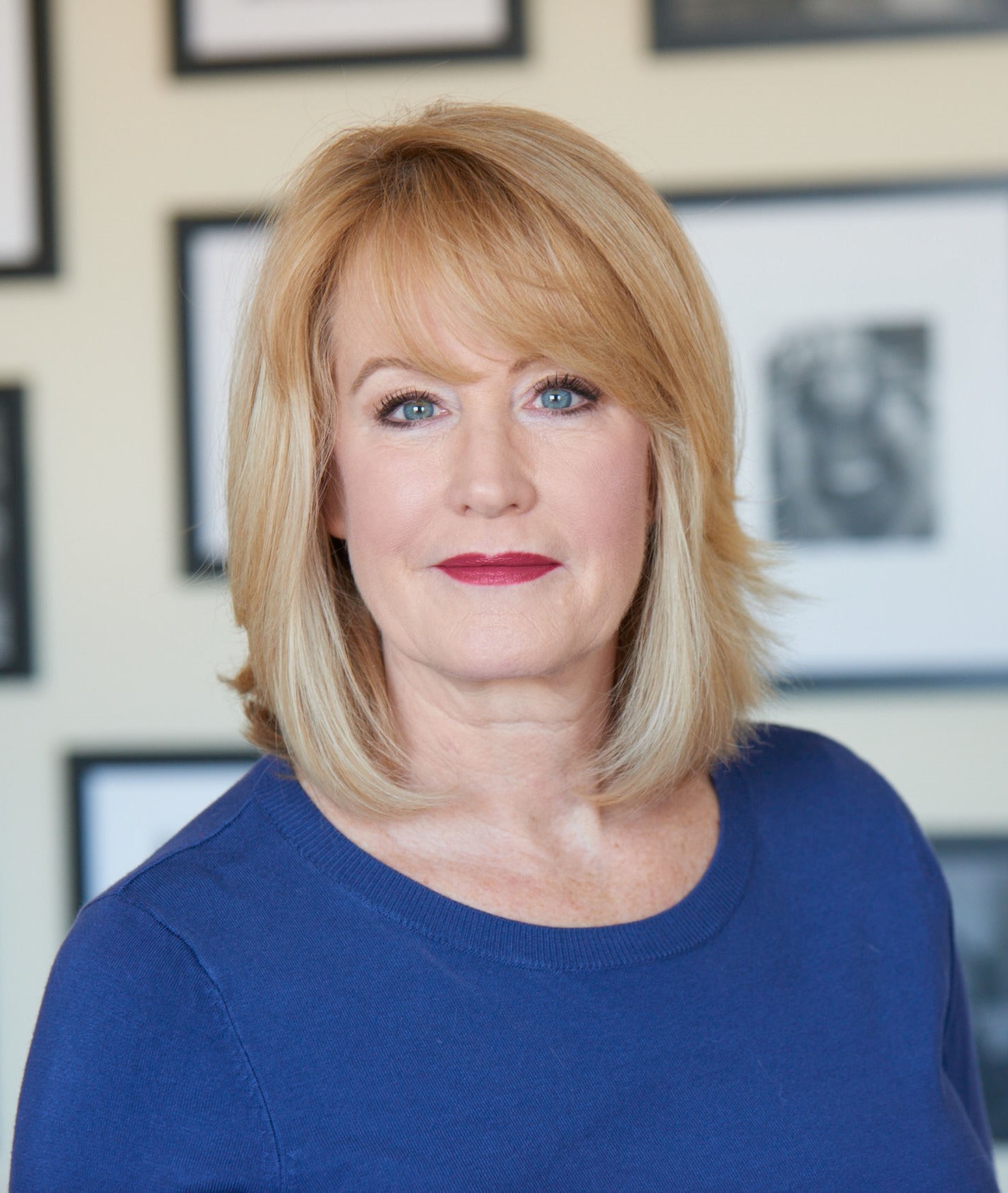
This long-awaited, mixed-income revitalization project recently broke ground and includes the historic redevelopment of one of Boston’s oldest public housing complexes. Built in 1938 during the Depression, Mary Ellen McCormack’s infrastructure is overdue for replacement. WinnCompanies announced they have partnered with the city of Boston, Boston Housing Authority, Resident Task Force, and elected officials in a public-private partnership to deliver an innovative future for residents.
The 1,100 existing units will be replaced, current tenants are guaranteed the right to return to the new construction at their existing rents and intricate relocation plans will allow most existing households to move directly into new apartments. While WinnCompanies will be in construction for the next decade delivering a total of 3,300 units, they will manage, own, and maintain the buildings, and the Boston Housing Authority will retain ownership of the land, guaranteeing affordability in perpetuity. This project includes affordable senior living, middle income, and market-rate housing, as well as a central community building, and senior and youth activities at the focus of ground floor spaces.
McCormack Phase One. Phase One includes eight buildings consisting of 1,365 mixed-income housing units, complemented by 69,000 s/f of public space set aside for the YMCA, mixed-use retail, a senior center, education center, job center, a grocer, 2.3 acres of open green space, and 520 parking spaces. Brennan Consulting (Brennan) is performing construction layout services for Lee Kennedy-HJ Russel & Company joint venture including but not limited to establishing vertical and horizontal control, geothermal well layout and as-builts, setting benchmarks, baseline control, as well as layout, throughout the site. Work is ongoing. Phase One’s construction costs are an estimated $776 million for 1,365 units.
• Structure and Geothermal Package - Building A. The first building in Phase One is Building A, with 94 deeply affordable replacement units, 112,000 s/f, and six stories stepped down to four along the frontage. Building A’s costs result from its front-loaded funding and its advanced features: proximity to the Andrews Sq. MBTA Red Line, Passive House certification, all-electric design, and it is the first to use the proposed state-of-the-art geothermal heating and cooling system. To exceed the expected 2070 Boston flood elevation, the site is being raised 5-7 ft elevating the first floor and city block.
• Landscape Package and Financing - Building A. This project features a multi-generational Veterans Park with an accessible tot lot, bike corridor, pedestrian infrastructure, streetscaping, and intersection upgrades. - This adds $8 million to Phase One bringing the total to $70 million. According to a recent press release by Winn, funding for the $70 million includes construction, first mortgage, bridge, and subordinate loans, Federal and State Low Income Housing Tax Credit (LIHTC) equity, as well as private equity.
BEYOND The Low-Income Housing Tax Credit. According to the Healy-Driscoll Administration, 220,000 units by 2035 is the magic number, as high interest rates weigh on multifamily construction and absorption surged Q4 2024 and Q1 2025. Beyond the scope of solely affordable housing initiatives, a market-wide deregulation to facilitate all housing development holds the potential for a more impactful and systemic reduction in housing costs and barriers to entry. Vehicles in use beyond LIHTC include:
• Comprehensive Permits. Written in 1969, Chapter 40B is still in play, as held proposals release, and Safe Harbor Assertions and Challenges fluctuate inventory. 40B was designed to overcome resistance to permitting and enable local approval of affordable housing developments under flexible rules. Typically adding 6-9 months to the permitting process, Chapter 40B can entangle further in Superior or Land Court appeals. Regulations have changed, affordability requirements are now 20-25% of total units, people aggrieved must now show harm, and a developer typically carries $300-500k+ in legal fees which can compound during appeals.
• The MBTA Communities Law. The MBTA Communities Act of 2021 requires 177 cities and towns to establish a by-right multifamily housing district near a transit hub and without age restrictions. A 2025 Supreme Court decision ruled the law is constitutional and valid, and that the Attorney General has the power to enforce it. The Court also opined that EOHLC must promulgate the law’s implementing guidelines through the Administrative Procedures Act if they are to be enforceable. Emergency regulations were filed on January 14.
• Smart Growth Districts. Written in 2004, Chapter 40R struggles to gain traction, however, it encourages communities to create zoning bylaws allowing as-of-right dense, mixed-use, and residential smart-growth zoning districts near transit. Conversions from office park to 40R regulations have gained momentum in communities like Wellesley, while voters in Lexington just reversed unit counts from 14,500 to 2,400 under their Chapter 40R regulations.
In ideal economic conditions, Greater Boston multifamily housing delivers with relatively thin margins. BERDO, Net Zero, Passive House, and LEED impact the GMP. Sustainability, affordability, and interest rates are slowing delivery in Greater Boston, construction costs pulled back in Q4 2024, while Q1 2025 global supply issues surrounding lumber, steel, and aluminum are anticipated to be transitory and stabilize. Prices are being held for 5 days and multifamily projects are still penciling and moving ahead. While Greater Boston remains a leader in biotech, education, medicine, and financial services, 2025 will be a year to watch for disruptors and adjust.
Laureen Poulakis is president of Brennan Consulting, Inc., Burlington, Mass.
Sources: The WinnCompanies, Boston Housing Authority, Federal Reserve, MAPC, ULI, Colliers, CBRE, Bloomberg, Reuters, Mass.gov.
